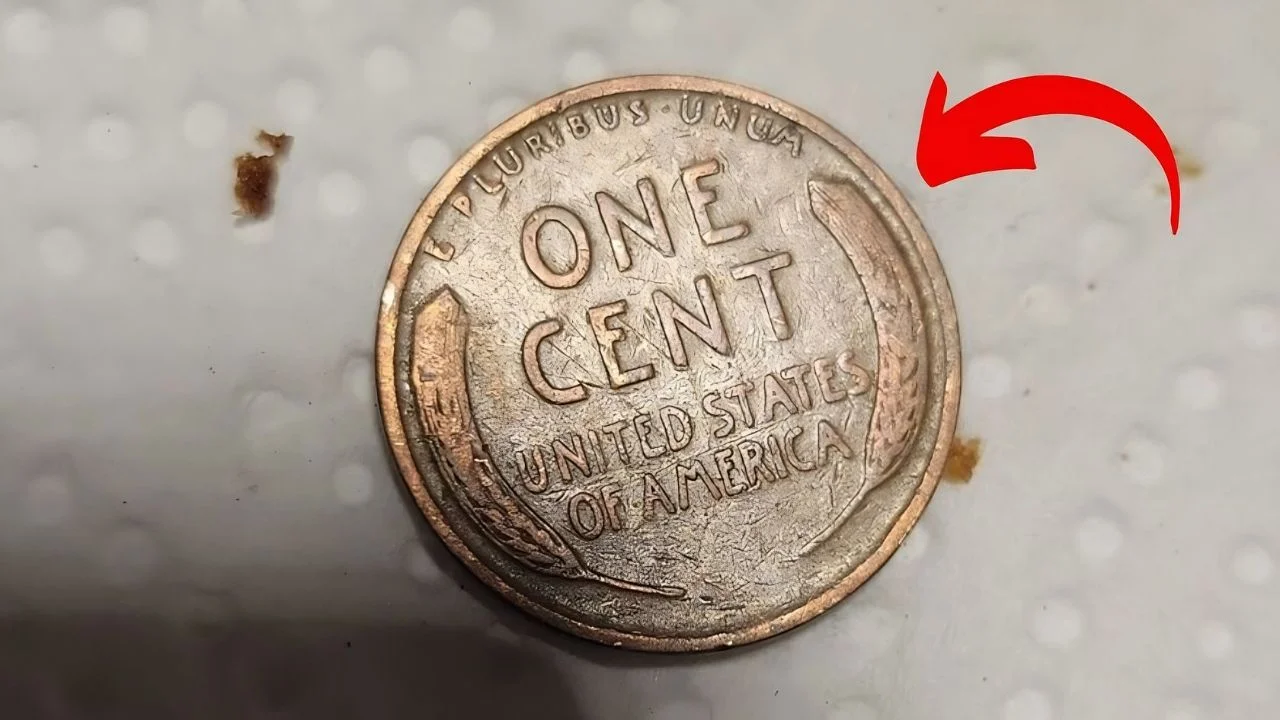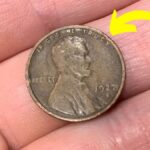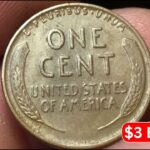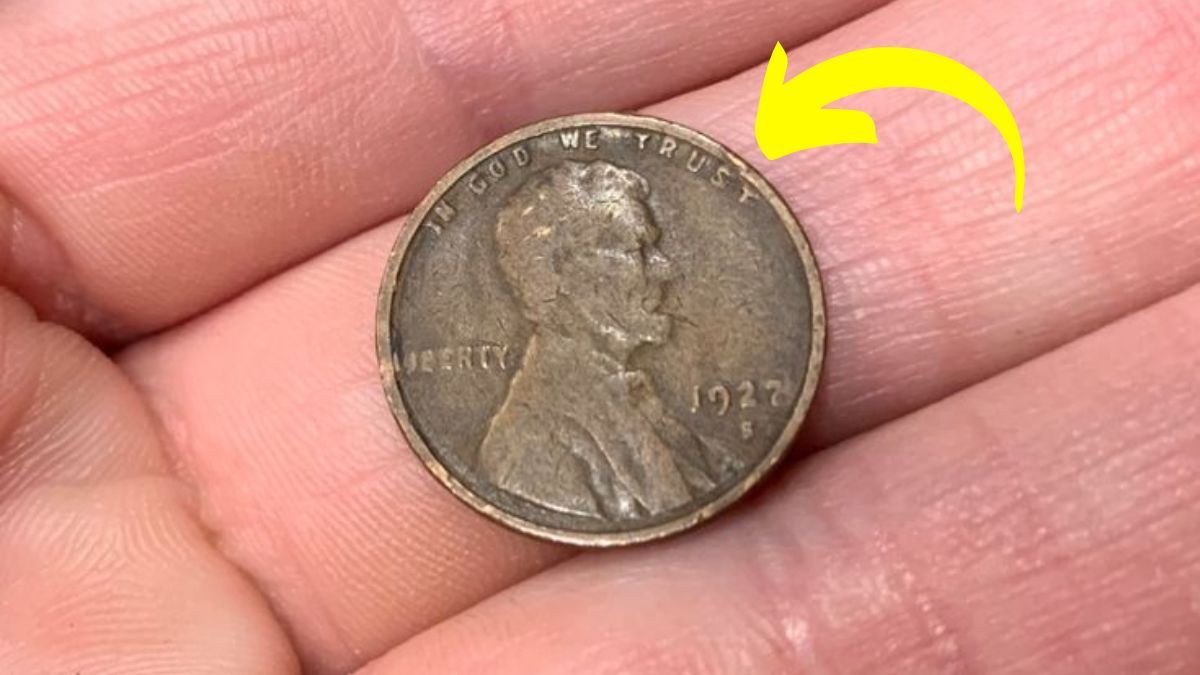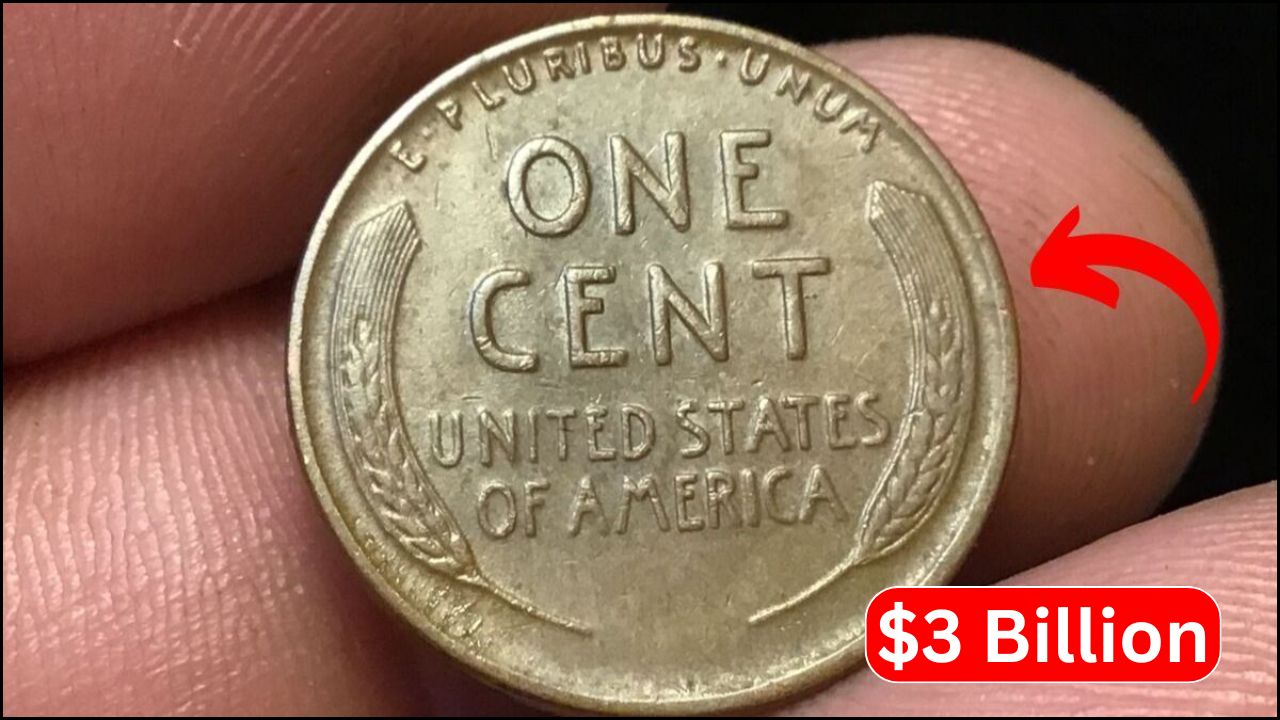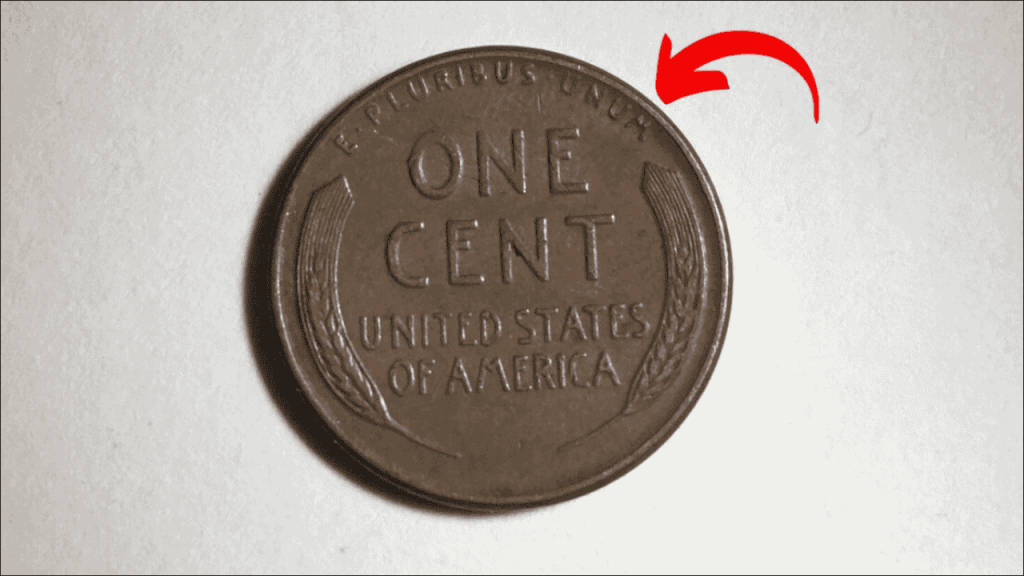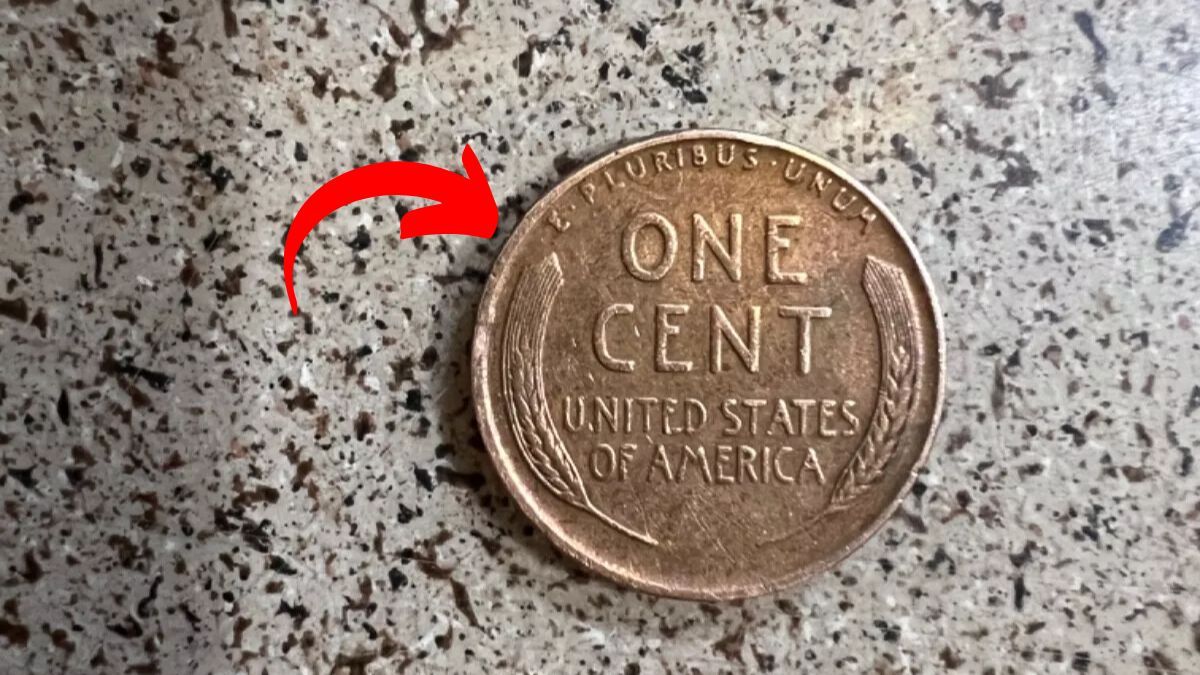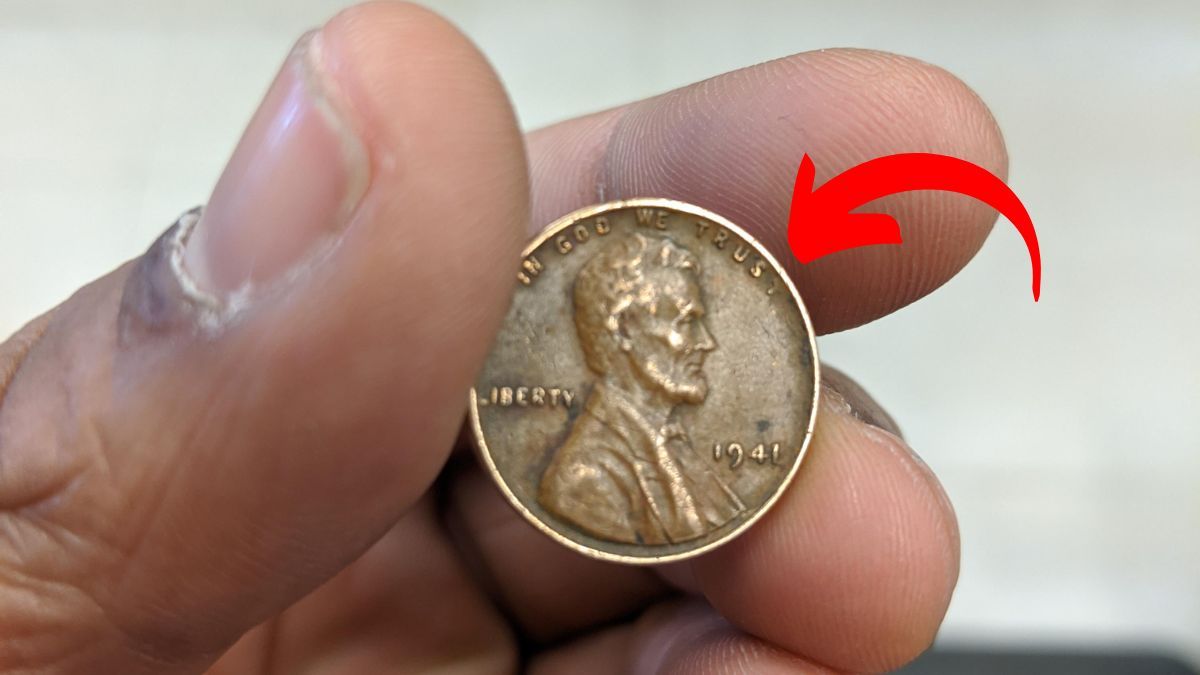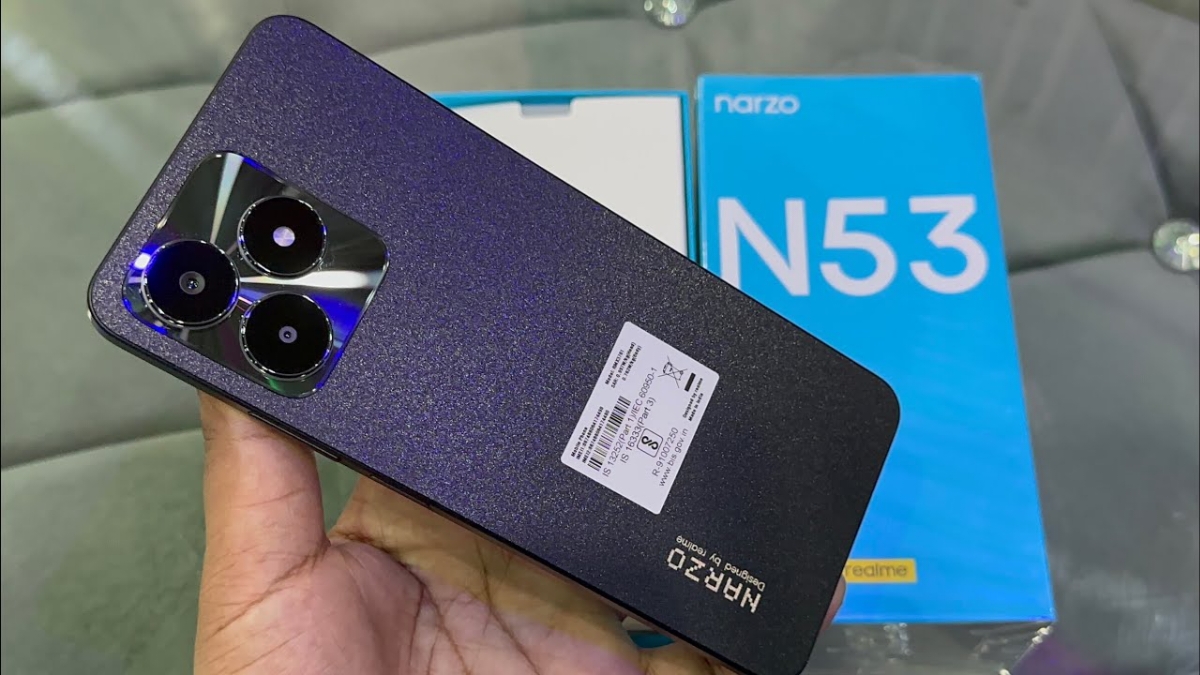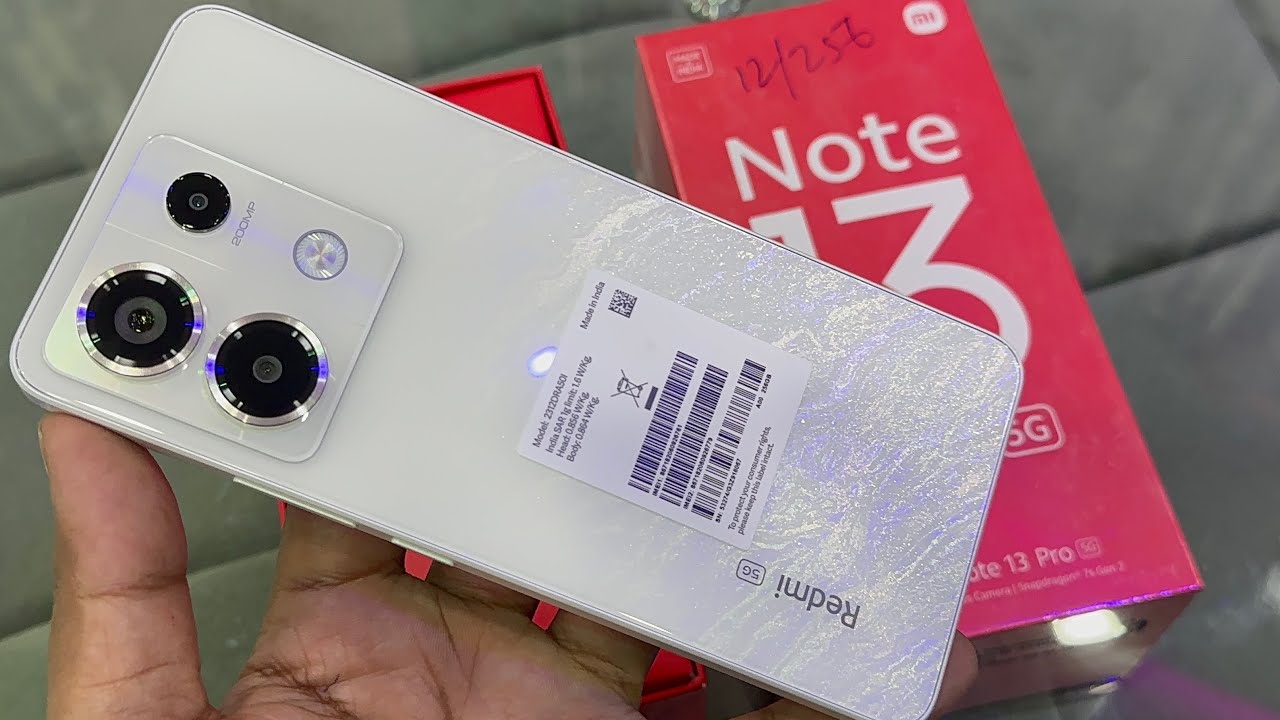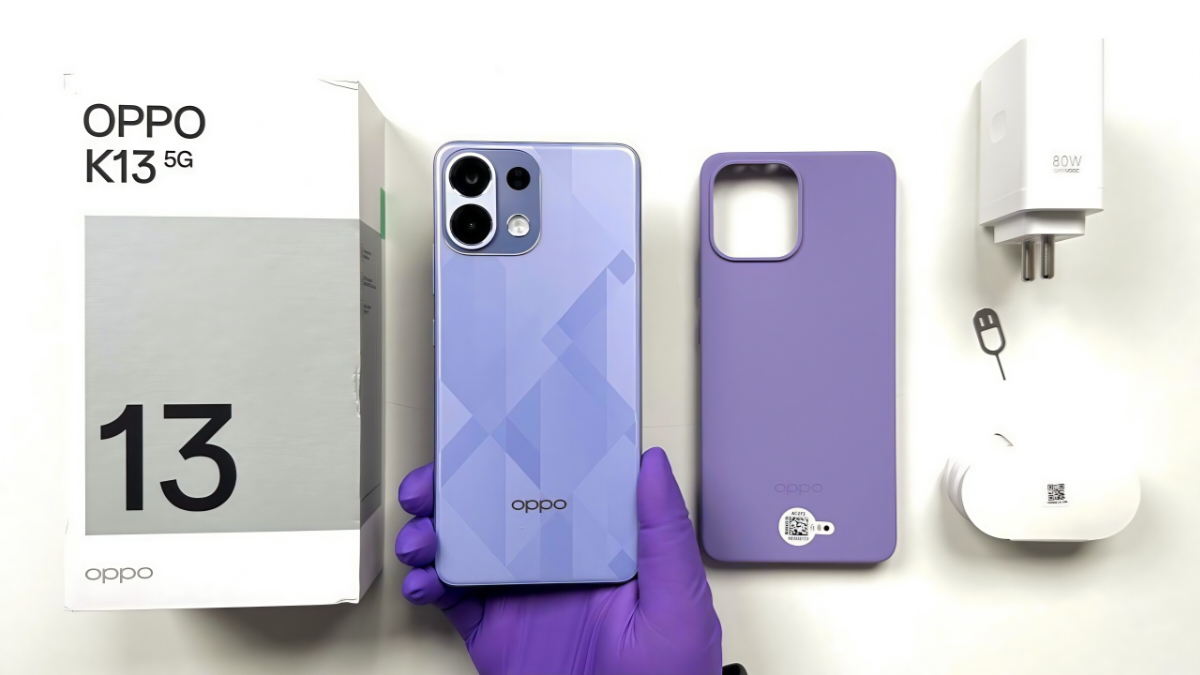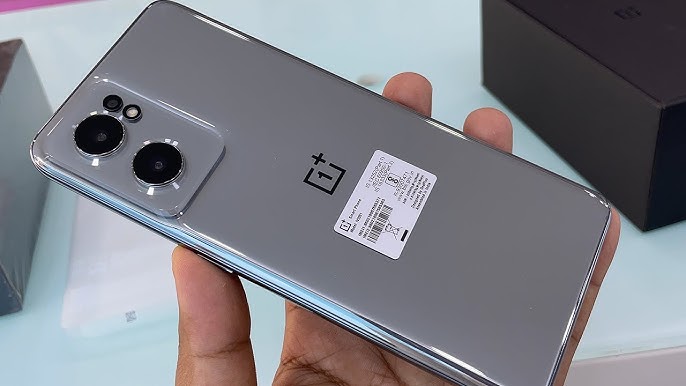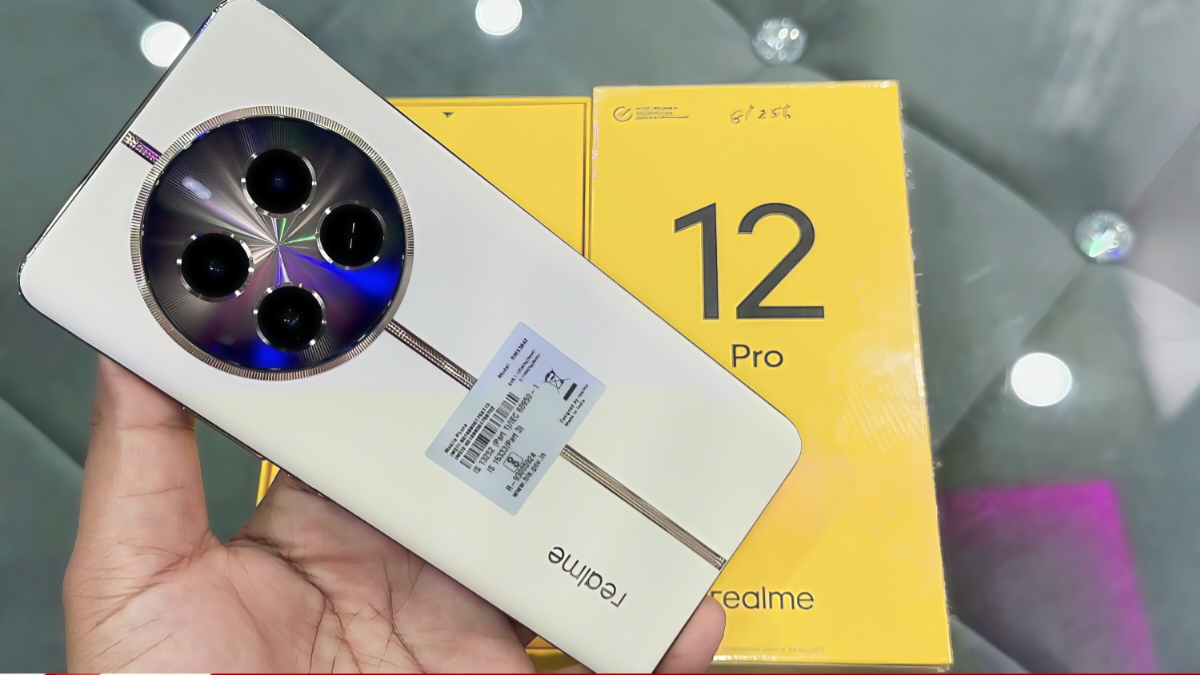The Lincoln Wheat Penny Valued Nearly at $4 Billion: The world of coin collecting holds many surprises, but few stories are as fascinating as that of the Lincoln Wheat Penny. While the claim of a nearly $4 billion valuation may seem extraordinary, it highlights just how valuable certain rare coins can become. These small pieces of copper have captured the imagination of collectors worldwide, transforming ordinary pocket change into potential treasure. The Lincoln Wheat Penny represents more than just currency; it embodies American history, artistry, and the thrill of discovery that keeps collectors searching through their spare change.
A Revolutionary Design That Changed American Coinage
When the Lincoln Wheat Penny debuted in 1909, it marked a historic moment in American currency. For the first time, a real person rather than an allegorical figure appeared on circulating U.S. coins. President Abraham Lincoln’s profile replaced the traditional Lady Liberty, commemorating the centennial of his birth. This groundbreaking decision established a precedent that continues today, with real American leaders gracing our currency. The coin’s introduction represented a shift toward honoring actual historical figures rather than symbolic representations, making it a pivotal moment in numismatic history.
Artistic Excellence in Miniature Form
Victor David Brenner created the penny’s design with remarkable skill, capturing Lincoln’s distinctive features despite the coin’s tiny canvas. The front showcases Lincoln’s profile in stunning detail, while the reverse features two wheat stalks framing the denomination and country name. These wheat stalks symbolized America’s agricultural foundation and economic stability during the early 20th century. The design remained unchanged from 1909 to 1958, making it one of the longest-running and most recognizable coin designs in American history. This consistency helped establish the Lincoln penny as an enduring symbol of American currency.
The Million-Dollar Mistakes and Rarities
Among Lincoln Wheat Pennies, certain varieties command extraordinary prices due to their scarcity. The 1909-S VDB penny, minted in San Francisco with the designer’s initials, represents the original issue with only 484,000 produced. In perfect condition, these coins can exceed $100,000 in value. Even more remarkable is the 1943 copper penny, created when a few copper blanks were accidentally used during wartime steel penny production. These error coins have sold for millions of dollars, proving that manufacturing mistakes can become numismatic goldmines. Such rarities demonstrate how production anomalies and limited mintages can create incredible value.
Hidden Treasures in Everyday Life
The excitement of coin collecting stems partly from the possibility of discovering valuable pennies in ordinary circumstances. Stories abound of people finding rare Lincoln Wheat Pennies in inherited collections, estate sales, and forgotten containers. These discoveries keep collectors and casual observers alike examining their change with hopeful anticipation. The potential for stumbling upon a valuable coin in everyday life adds an element of adventure to the hobby. This accessibility makes coin collecting appealing to people from all backgrounds, as anyone might discover a hidden treasure.
Understanding Value and Authentication
Several factors determine a Lincoln Wheat Penny’s worth, including the minting year, mint mark location, and overall condition. Certain years had limited production runs, increasing their rarity and value. The small letters indicating the mint location can significantly impact worth, with some mint marks being much scarcer than others. Condition plays a crucial role, as uncirculated coins command far higher prices than worn examples. Professional grading services provide authentication and condition assessment, ensuring collectors know exactly what they own. Proper evaluation by certified experts protects both buyers and sellers in the rare coin market.
Cultural Legacy and Collecting Community
Lincoln Wheat Pennies circulated during transformative periods in American history, from the 1920s through the 1950s. Each coin witnessed major events including the Great Depression, two World Wars, and the early Cold War era. This historical significance adds depth to their collectible appeal beyond mere monetary value. Today’s collecting community thrives through online forums, social media groups, and local clubs where enthusiasts share knowledge and trade coins. Whether collected for profit, education, or personal satisfaction, these pennies offer something valuable for everyone interested in American history and numismatics.
Disclaimer: This article is provided for informational purposes only. Coin values fluctuate based on condition, rarity, and market conditions. Professional numismatic evaluation is recommended for accurate assessment and authentication of potentially valuable coins.
